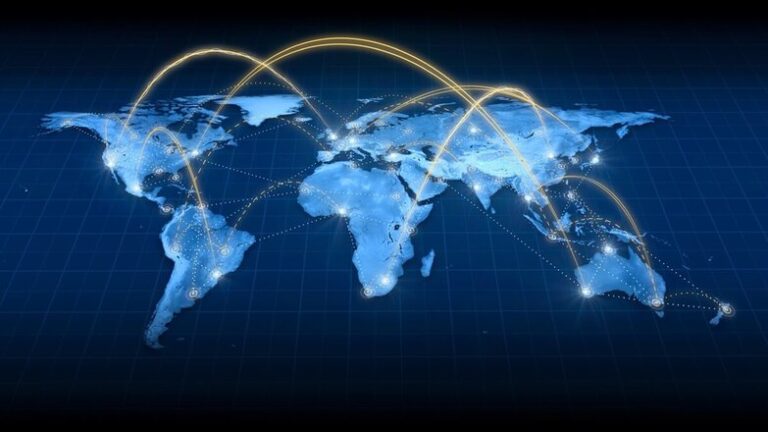In the coming years, communications companies like Starlink are planning to launch thousands of satellites into Earth’s orbit. While this growing swarm of satellites is already causing issues for astronomers, recent research has raised concerns about what will happen when these satellites reach the end of their lifespan and start to fall back to Earth.
When these satellites re-enter the Earth’s atmosphere, they will burn up and leave behind tiny metallic particles. A recent study conducted by American researchers suggests that this satellite rain could deposit around 360 tonnes of tiny aluminium oxide particles into the atmosphere each year. Most of the aluminium will be injected at altitudes between 50 and 85 kilometres and then drift down to the stratosphere, which is where Earth’s protective ozone layer is located.
According to the study, the contrail left by the satellites could potentially facilitate chemical reactions that destroy ozone. However, the situation is more complex than it seems.
Ozone depletion in the stratosphere is caused by “free radicals” – atoms or molecules with a free electron. These radicals initiate cycles that destroy ozone molecules. Ultraviolet light in the stratosphere breaks down stable gases, creating these radicals. Nitrogen oxides (NOx) and hydrogen radicals from water vapour are examples of these radicals.
The cycles responsible for the most well-known damage to the ozone layer, such as the “ozone hole,” involve chlorine and bromine introduced to the stratosphere by chemicals like chlorofluorocarbons (CFCs) and halons. These chemicals have been banned but were previously used in products like refrigerators and fire extinguishers.
The specific injection of aluminium oxides by falling satellites would be complex, and previous studies have already highlighted the increasing pollution in the stratosphere from re-entering space debris. Researchers studying aerosol particles in the stratosphere have found traces of metals from spacecraft re-entry, with aluminium already present in 10% of stratospheric aerosols. They predict this will increase to 50% over the next few decades.
The implications of these aluminium particles for ozone loss are still unknown. It is possible that the particles could contribute to the growth of ice-containing particles, resulting in more smaller, reflective particles that can facilitate chemical reactions. However, how aluminium particles will interact with other substances in the stratosphere, such as sulfuric acid and nitric acid, remains uncertain.
To better understand the impact of aluminium oxides on ozone loss, further laboratory studies and detailed modeling of the chemistry and movement of particles in the atmosphere are needed. It is also important to consider how the eventual fall of these aluminium aerosols to the ground will affect polar regions.
With an estimated 50,000 satellites set to be launched by 2030, it is crucial to address these questions promptly.


